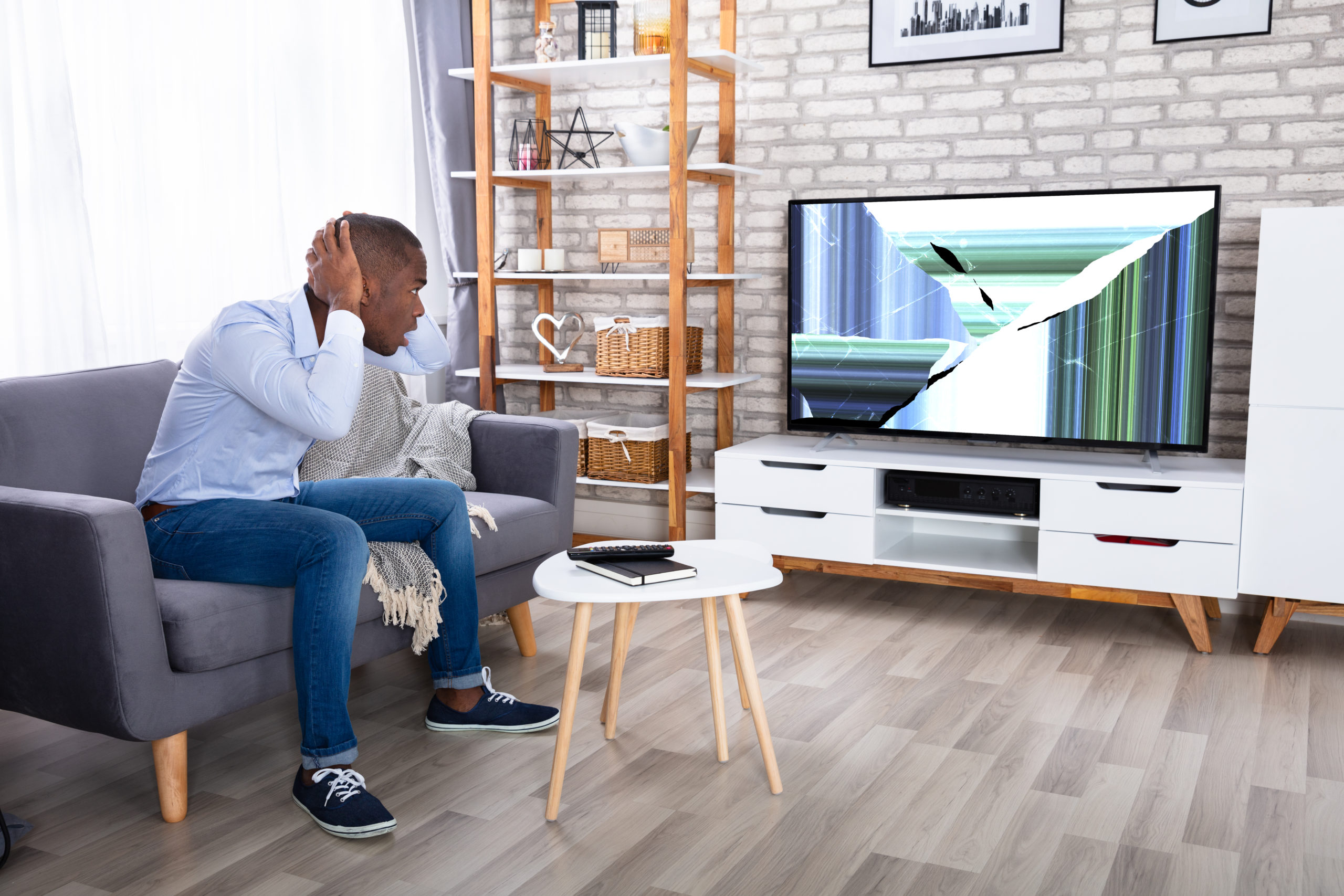
Working from home with accountability
Whether you’re a solopreneur hanging your shingle over the garage door, or a startup CEO employing a remote staff, there are a handful of things you can do to create a culture of accountability that all but eliminates the physical distance between the employee and the work.
Working For Yourself
More Americans than ever are working for themselves or in what is called the “gig economy.” The freedom to make your own schedule, determine your own fate, and be compensated fairly based on the quality of the work is a draw for freelancers and entrepreneurs.
But every year, startups and solo business ventures fold for reasons that might have been preventable. Don’t strike out on your own before you’ve considered and planned for how you work best, how your clients will need you to work, and how you will eliminate distractions and errors. Freelancers need a business plan too!
Working in a Team
To compete for empowered employees in today’s job market, more companies are allowing their employees to work from home. They are finding new ways to create flexibility in the workplace so that talented, experienced folks don’t leave to start their own ventures or join competing companies.
Before you eliminate your traditional office space and send folks off to work in their PJs, you have to imbue them with a sense of accountability despite their new freedoms. They will face a new set of distractions and new levels of personal freedom, so how will you ensure that the work still gets done on time and with great care?
Here are a some tips to help you stay accountable, whether you are a solopreneur or the CEO of a mature company.
Organize and Optimize
In the office, we’re a lot better about cleaning up and staying organized. Other people are watching, and potential clients may even come through the doors. At home, we put things off or let things go more freely.
If you’re a freelancer, you need to engender your own spirit of organization and cleanliness. No one is watching you, but your work will suffer if your space is messy, cluttered, and dysfunctional. Whatever system of organization you create, reward yourself for staying clean and tidy. A good reward always reinforces a behavior, and that’s what we’re looking for here.
If you’re about to send the employees off to work from home, create a checklist that helps them maintain their workspace. Encourage or require the use of video cams, and encourage employees to treat video meetings as they would in-person meetings (no PJs!).
Have a Dress Code
How we look does affect how we work. That doesn’t mean a freelancer with a bow tie is better than a freelancer with a hoodie. It means that a clean hoodie makes a freelancer feel better than a dirty one, and that will affect the work.
Solopreneurs should set their own dress code. Consider your clients and their required workwear. By having “work clothes” you create a signal that primes your brain and readies it for work.
If you require your employees to meet with clients and coworkers over video, than you can set rules on how they should appear in these videos. Everyone is rules averse, though, right? Well, set some guidelines to help your remote employees make appealing, responsible decisions.
Check In
It’s ironic that working remotely or for yourself leads to more meetings, isn’t it? You would think this new found freedom would be meeting-less. The truth is, working alone means you’re in a meeting any time you speak to anyone else.
The freelancer or solopreneur needs to check in and report progress just as much as an employee. Your clients need a reminder and update on what you’re doing for them, and your business requires that you know where you stand, how much you’re earning, and where you’re planning to go. All of that requires some serious time in a meeting with yourself, planning, scheduling, and evaluating.
Don’t hover over your remote employees. But do find ways to check in that are non-invasive. Chat functions are a great way to remain in constant contact and to create a sense of “being there” no matter where you’re physically located. And a quick chat isn’t a meeting, which is a relief when you’re exhausted with phone and video meetings at the end of the day. You can chat from the pick up lane at daycare or the while waiting on the grocery cashier.
Curb-It is on-demand junk removal
You snap a pic of the stuff you want gone
You get upfront prices from background-checked Providers
You select your Hauler and your stuff is gone within hours








